Announcer:
The following program is a PBS Wisconsin original production.
Frederica Freyberg:
The partisan blame continues to go around as the federal shutdown has no end in sight, but cuts coming from Washington are having real impacts back home.
I’m Frederica Freyberg. Tonight on “Here & Now,” hundreds of thousands could lose their FoodShare benefits. Advocates urge action from state lawmakers. Cuts at the U.S. Department of Education leave special education students more vulnerable. As the deficit of affordable housing continues, more communities are turning to land trusts to ease the strain and how to address an increase in lives lost due to domestic violence. It’s “Here & Now” for October 17.
Announcer:
Funding for “Here & Now” is provided by the Focus Fund for Journalism and Friends of PBS Wisconsin.
Frederica Freyberg:
If the federal government shutdown continues, food assistance programs in Wisconsin could run short of funds by next month. FoodShare serves more than 700,000 people in Wisconsin, with the average monthly benefit of about $160. The state health department is now asking the legislature to approve nearly $70 million to cover federal cuts and add staff to administer new eligibility requirements. This potential funding cliff could hurt people who depend on the assistance. We turn to Dr. Dipesh Navsaria, a physician member of the Wisconsin Medical Society and policy chair of the Wisconsin chapter of the American Academy of Pediatrics. And doctor, thanks very much for being here.
Dipesh Navsaria:
Thanks for having me.
Frederica Freyberg:
As a pediatrician, how do you see the importance of FoodShare assistance?
Dipesh Navsaria:
It’s something that’s absolutely critical to families. I mean, to put it simply, right, hungry family members is just not a good thing. It’s not good for adults. It’s not good for children. And having adequate nutrition is important for everything else we do in our lives: learning, working, enjoying time with one another. All of these things are much harder to do if you don’t have adequate nutrition. So when we see challenges to programs like FoodShare, which is also known as SNAP at the federal level, we see that it creates all sorts of ripple effects that we’ll end up paying for in other ways.
Frederica Freyberg:
Does $160 a month stretch far enough to provide nutrition for families?
Dipesh Navsaria:
Oh, it never does. So the SNAP program, as it’s known federally, which is the Supplemental Nutrition Assistance Program, I want to highlight the word supplemental. It’s not meant to provide all nutrition for families’ needs. It’s meant to assist with it. So — but it does make a difference.
Frederica Freyberg:
You spoke to this, but how important is access to healthy food in combating chronic illness or child development even?
Dipesh Navsaria:
We know that many things go into child development in terms of staying healthy and so on. One of them is having all the building blocks. Nutrition is how we take in sources of energy and the building blocks for our brains and for our bodies to be able to do all the things we do. There’s actually some great research that was done some time ago. It’s well known showing that when you timed the standardized testing in elementary school kids, where in the month that was mattered as to whether the children were hungry or not, right? So just — did they have adequate food in the home actually affected their test scores significantly. We’ve seen many, many studies showing these sorts of things.
Frederica Freyberg:
Does food insecurity also affect children’s mental health?
Dipesh Navsaria:
Of course. The way of thinking of scarcity, right. Will I have enough to eat when I go home? The panic that many families would have thinking about summer before summer programs were introduced for school lunch and so on can really create a huge challenge for children. Will I have enough to eat? Do I know where I’m going to be able to eat tonight? And it can create this mindset that’s always worried about not having enough?
Frederica Freyberg:
Do your patients regularly say they are food insecure and is that growing?
Dipesh Navsaria:
It is certainly growing. And the reason they say it is because in healthcare we’ve become much better about asking. As you can imagine, there’s often a stigma, right, of saying, I can’t provide for my family, we don’t have enough to eat and so on. So we’re often asking simple two question screeners to be able to find out because you can’t tell just by looking. And that’s one of the other things that I think is important about this. SNAP and WIC coverage, usage is highest in rural counties in Wisconsin, but it is a statewide issue that this creates.
Frederica Freyberg:
What are the most nutritious foods that could go lacking without FoodShare?
Dipesh Navsaria:
There’s no such thing as one particular nutritious food or anything like that. But what you’ll find is that families will often turn to what is cheapest in an effort to stretch whatever dollars they have furthest. So you’ll get more processed foods, possibly fast food and things like that, because they are a lot cheaper because of all sorts of reasons. What you will see is that they’re less likely to get foods that will spoil. So you’re not going to see fresh fruits and vegetables on the same level, maybe dairy, things like that, because they’re not sure when they’ll be able to afford more.
Frederica Freyberg:
As a policy matter, what is your reaction to potential cuts to SNAP or FoodShare, and definite restrictions placed on the programs?
Dipesh Navsaria:
What it will do is it’ll make it harder for families to feed themselves. It’ll make it harder for them to care for their children, to be able to go to work as adults, not hungry and things of that nature. And we’re going to see the ripple effect as a result in other areas we end up paying more. Frankly, SNAP allows us to not only feed Wisconsin families but put money back into the economy of local farmers and producers and stores.
Frederica Freyberg:
Dr. Dipesh Navsaria, thanks very much.
Dipesh Navsaria:
Thanks for having me.
Frederica Freyberg:
There’s more fallout from federal cuts and layoffs for Wisconsin. This time with cuts to the U.S. Department of Education. In the midst of the government shutdown, the Trump administration laid off more than 450 employees in the department, nearly all of them in the office that oversees special education requirements for states. While a federal judge temporarily paused the mass layoffs, deep concerns remain, including for Beth Swedeen, executive director of the Wisconsin Board for People with Developmental Disabilities. And thanks a lot for being here.
Beth Swedeen:
Thank you.
Frederica Freyberg:
So a federal judge, midweek, as we just said, temporarily halted mass layoffs in federal agencies. Does that offer some relief to the consequence relating to special education in Wisconsin?
Beth Swedeen:
I think we’re still concerned because, as you know, everybody is off anyway, with the government being shut down. And we just don’t know what assurances there are that those people will come back in a timely way. And then, of course, when you don’t know if your job is secure, we are assuming a lot of those people might be going elsewhere anyway. So there’s always a concern when there’s this kind of threat that you don’t bounce back from it very quickly.
Frederica Freyberg:
Should the loss of those employees stand, what would the staff cuts in the Office of Special Education and Rehabilitative Services mean for children here in the classroom?
Beth Swedeen:
We think that almost all of the positions were cut with the exception of a handful. So from several hundred down to, you know, under ten. So those are the folks who, when a family can’t get redressed in the state, or if a school district has a question about interpretation of the law, that’s where they went. And so that means that even though we have this federal statute in place, this federal law that’s 50 years old this year, there’s nothing to enforce it if those cuts go through.
Frederica Freyberg:
So this law, the Disabilities Education Act or IDEA, guarantees public special education services to nearly 130,000 students in Wisconsin. What was it like for students with disabilities before the federal law was passed in 1975?
Beth Swedeen:
Well, those students weren’t students. So before 1975, if you had a significant disability or even if you had no developmental disability, but like a physical disability, a school district did not have to serve you. So we know almost all students were either at home with their families or unfortunately in institutions because medical doctors were saying there’s really nothing, no future for your child. Why don’t you just go to a state institution or they — around 50, 60 years ago, some families with a little more vision and kind of a can do attitude did start their own schools, often in church basements, but there were no protections in place. And students who really had so much potential never saw that because they couldn’t even enter the door of a school.
Frederica Freyberg:
Because students with special needs can learn and can be educated and can succeed.
Beth Swedeen:
That’s correct. And our — as you know, as a disability community, we have seen that happen. We have seen even students with the most significant disabilities, with the right supports, with the right services, and now with oftentimes the right technology, they can be successful. They can work in the community. They can live, either semi-independently or with some support, living out in the community. And they can have very fulfilling lives.
Frederica Freyberg:
So if the U.S. Department of Education more generally wants states to take over these and other services, what’s on the horizon for special education?
Beth Swedeen:
Well, the dismantling came first, and the idea of sending those dollars and the responsibility to the states has yet to materialize. So we don’t really know what the future is. Usually when you want to reform something, you look at it carefully to see where the flaws are, and then you develop a plan and supports for implementing the changes. That has not happened in this situation. The cuts have come first and then some lip service toward maybe states can take over, but we really don’t know what that looks like. And as you probably know, that could take years to sort of switch that over. And I think what’s important with IDEA, with this federal law, is it’s a federal law. So the feds are the ones who need to enforce the law. States oftentimes have had issues where they have not enforced the law and that’s when the feds have come in and said, “no, state, you’re not doing it correctly. We’re going to give you, you know, guidance on how you need to change things.”
Frederica Freyberg:
So meanwhile, another U.S. Department of Education cut would eliminate about $8 million of a grant to Wisconsin to attract and retain special education teachers. What’s your reaction to that?
Beth Swedeen:
Well, we’ve seen several different cuts. That’s one that you’re referring to, something that really prepares special education teachers and encourages them to go into the field and stay in the field. There was also a program for deaf-blind students that was cut. So we see this as continuous attacks on students with disabilities and the supports and services they need to be successful.
Frederica Freyberg:
And so where does this leave students and families?
Beth Swedeen:
Well, I was not the first one to hear about this. There was a ripple across the state over the weekend on social media and elsewhere from families. Families were the ones who heard the news first, and they’re really concerned. I mean, they’re — as you mentioned, we already have significant problems with getting enough special education teachers. There’s a lot of teachers on emergency licenses right now, and school districts are having a hard time with budgets, providing the full array of services that students need and that are in their plans. So this is not — this is something that we’re really concerned about moving forward, that that there will not be any enforcement and that families and students will suffer.
Frederica Freyberg:
Beth Swedeen, thanks very much.
Beth Swedeen:
Thank you.
Frederica Freyberg:
Everyone knows how expensive it is to buy a house these days. In Wisconsin, home prices have risen much faster than incomes, according to the Wisconsin Policy Forum. That freezes out renters from creating generational wealth through homeownership. But there are innovative ideas to get people into their own homes, like land trusts, where the buyer gets a mortgage for the home only and then leases the land under it from a nonprofit. The result? Affordable home ownership, a new community land trust program is taking shape in Green Bay. Its mayor, Eric Genrich, joins us with more. And mayor, thanks a lot for being here.
Eric Genrich:
Thanks much for having me.
Frederica Freyberg:
So there are land trust programs in other parts of the state. What made you interested in this idea?
Eric Genrich:
Well, as you said, yes, we’re certainly not the first ones to adopt a community land trust here in Green Bay. I believe they’re in place in the Madison area, southeast Wisconsin. La Crosse, I believe, area has one as well. And it’s really a movement that’s grown pretty significantly over the last few years. You know, you did a great job of kind of giving an overview of that concept and why it’s so appealing to us is, is the idea that we will be able to set aside a certain number of homes that will remain relatively affordable forever. There’s a number of strategies that we deploy currently within the city of Green Bay and that are common, I think, across the country. But oftentimes those periods of affordability are limited to, you know, 15 years or a couple decades or something like that. With the community land trust model, because the rate of appreciation is managed a bit and regulated a bit for those who own these homes, these homes will, especially in the long term, be a lot more affordable when you compare them to other homes that are available on the private market.
Frederica Freyberg:
Yet, this wouldn’t be city or public housing, right? How would it work?
Eric Genrich:
Correct. Yeah. No, that’s a great clarifying question. Yeah. We partnered with Neighborworks Green Bay, which is a local housing nonprofit but they’re a local affiliate of a nationwide organization, Neighborworks America. And so they have a lot of access to expertise around the country with fellow affiliates who have gone down this path of community land trust. And so it’s a great partnership that’s already been established. But I should also say Habitat for Humanity was a really instrumental part of this brainstorming process. You know, they’re going to have representation on this board. A number of local nonprofits, the chamber of commerce, was really instrumental as well when we were figuring out exactly how we would structure this. And so a lot of folks have been involved, and we’re looking for even more to continue to be involved in the future, because this is not something that only can be supported by the city government. It’s really going to require private philanthropy and generous individual donors, foundations and things to make sure that this gets to the stage or to the level that really has an impact on housing affordability.
Frederica Freyberg:
Because in your community, how out of reach is home ownership for most people?
Eric Genrich:
You know, relatively speaking, homeownership is easier to attain here in Green Bay than it is in many other parts of the country. We just ended up on one of these lists where it said Green Bay was the number one place for people on Social Security to live. So relatively speaking, you know, we’re affordable. But in comparison to our history, not at all the case. You know, we’ve seen home prices in the city of Green Bay go up, you know, double digit percentage points pretty much every year over the last five years. So homeownership is out of reach, unfortunately for far too many people. And we’re in the position of really, you know, taking an all-of-the-above approach to housing affordability here in the city of Green Bay. We recognize that not one single solution is going to get us to that point. But community land trust, we feel, is definitely a tool that hasn’t been utilized in the past and needs to be part of the equation in the future.
Frederica Freyberg:
Give us a sense of this. If someone buys a house through the community land trust first, how affordable might it be to get in and then can they sell it at a profit?
Eric Genrich:
Right, yeah, so, you know, it is expensive just to construct a home these days. So some of those costs are kind of built in. The way that we’re going to be able to bring down the cost of construction is really through private philanthropy, as I was suggesting. So it’s going to be important for donors to step up to bring that initial cost down to a level of affordability for low- and moderate-income folks. Going forward, once we, you know, construct the home, find the family, set up a situation where they’re able to purchase this home, they would be able to realize a percentage of increase in value over the years. So I think the formula that’s been arrived on is 2% a year. So certainly, you know, these families are going to be able to pull out some of that equity if they were to decide to sell the home down the line. But it’s not going to be to the extent that we’ve seen in the private market. So that’s really where these homes become even more affordable 10, 20, 30 years down the line.
Frederica Freyberg:
In your city’s model, the plan is to provide wraparound services. What do those look like?
Eric Genrich:
You know, a lot of those, I think, are going to be determined in the future. But I was, you know, referencing the fact that we were working closely with Neighborworks Green Bay. They’re the — really the housing agency in town and are going to be the ones who are operating the land trust. And so, you know, they’re really well experienced with home buyer training. You know, anti-eviction training that they’ve been doing for decades here. And so, they’re really going to be the entity that are going to figure out exactly what kind of services are going to be necessary for these homeowners, but they’re really well placed to do that.
Frederica Freyberg:
What kind of stability for a community do owner-occupied homes create?
Eric Genrich:
Yeah, I mean, they’re so essential. Here in Green Bay, we have a great system of neighborhoods. We just celebrated the 50th neighborhood association to be established within the city of Green Bay. I think historically, homeowners have played, you know, more of an instrumental role in some of those organizations. But we recognize the role that all residents play and absolutely encourage people who are, you know, in the rental housing environment, in condos and homes to step up and take some ownership of their neighborhoods. But homeownership is still really a dream for many people. And it’s a great way, you know, to set aside some wealth for yourselves and for your families down the line. In the land trust model, it’s, like I was explaining earlier, it’s, you know, it’s kind of modestly controlled, but it’s still a great way, as I said, to develop a nest egg for yourselves and for your children and grandchildren and that’s something that we want to encourage.
Frederica Freyberg:
We’ll be watching this as it takes shape. Mayor Eric Genrich, thanks very much.
Eric Genrich:
Thanks so much for having me.
Frederica Freyberg:
Across Wisconsin, a record number of people died as a result of domestic violence in 2024, according to an annual report released this month. End Domestic Abuse Wisconsin reports 110 victims in 2024, up from 85 the year before. 60% of the homicides happened in urban areas, 40% in rural and firearms were used in 71% of the deaths, with 78% of the perpetrators being men. What is causing the jump in domestic violence and what to do about it? We’re joined by Monique Minkens, executive director of End Domestic Abuse Wisconsin. And thanks so much for being here.
Monique Minkens:
Thank you for having me.
Frederica Freyberg:
Well, to that question, what is causing domestic violence to be on the rise?
Monique Minkens:
There are several reasons why. You know, any time there is an economic downturn, there is domestic violence because of life stressors. And so we know that we have been in this, I don’t know if you call it a recession or whatever, but food prices are rising. Prices are rising in general. Unemployment is rising, and that causes a lot of stress in a family. And so that can be a cause of the rise. Sometimes it’s also the fact that programs are underfunded, and we are trying to serve as many people as we can, and sometimes there are waitlists or people decide not to pursue the services. And so, it’s a matter of access to services as well as economics that play an important role in why these numbers are rising. This is the worst yet.
Frederica Freyberg:
Harkening back to our last segment in this program and affordable housing, how do housing needs play into domestic violence response?
Monique Minkens:
Housing is homicide prevention and the majority of homeless women and children are homeless due to domestic violence. And so we have to understand the role that it plays and how someone leaves and it’s almost a vow of poverty. And we have to serve each individual according to who they are, realizing that we have to have many options and that housing is expensive. And it’s hard to get in, and there are stricter requirements that can sometimes be difficult for people to find housing. Housing, like I said, is homicide prevention and people are safer in their home when it’s their home and they control who comes in and out.
Frederica Freyberg:
Your report notes that Black women are six times more likely to be killed than white women. What do you want to see in response to that, and would it mitigate this disparity?
Monique Minkens:
Black women are six times more likely nationally to die of homicide. In the state of Wisconsin, they are 20 times more likely to die of homicide in the state of Wisconsin. And that’s — there are several factors, right? Those are underserved populations. The police have a role for some people, but not for everyone. And we have to recognize that. We have to respect that and make sure that there are different methods of people accessing services and not making it tough or creating barriers or criticizing people for the way they do access those services. And so we have to look at all of these things and make sure that there is understanding of what it means to work with different populations and realize, once again, the police play a role, but not for everyone and for us to try and force people to work with the police is a tragedy, and it will not get us anywhere. We can’t arrest ourselves out of domestic violence. And for some people, that is not — that is not the — that’s not an option. And we have to honor that and work with them accordingly.
Frederica Freyberg:
What can be done to address root causes do you think?
Monique Minkens:
We have to consider all avenues of serving victims because people are individuals with different life experiences. And of course, we need more funding. I can’t stress that enough. People are losing. We have lost a lot of funding and we are seeing the results of that. We have a TA line and victims are starting to call our TA line when they can’t get services from their local programs, and we are able to connect them to other programs. And sometimes they want to know how can they be safe or — and are in need of moral support that we are giving them. And we are seeing a huge increase of calls from victims.
Frederica Freyberg:
We leave it there. Monique Minkens, thank you so much.
Monique Minkens:
Thank you.
Frederica Freyberg:
For more on this and other issues facing Wisconsin, visit our website at PBSWisconsin.org and then click on the news tab. That’s our program for tonight. I’m Frederica Freyberg. Have a good weekend.
Announcer:
Funding for “Here & Now” is provided by the Focus Fund for Journalism and Friends of PBS Wisconsin.
Search Episodes

Donate to sign up. Activate and sign in to Passport. It's that easy to help PBS Wisconsin serve your community through media that educates, inspires, and entertains.
Make your membership gift today
Only for new users: Activate Passport using your code or email address
Already a member?
Look up my account
Need some help? Go to FAQ or visit PBS Passport Help
Need help accessing PBS Wisconsin anywhere?

Online Access | Platform & Device Access | Cable or Satellite Access | Over-The-Air Access
Visit Access Guide
Need help accessing PBS Wisconsin anywhere?

Visit Our
Live TV Access Guide
Online AccessPlatform & Device Access
Cable or Satellite Access
Over-The-Air Access
Visit Access Guide
 Passport
Passport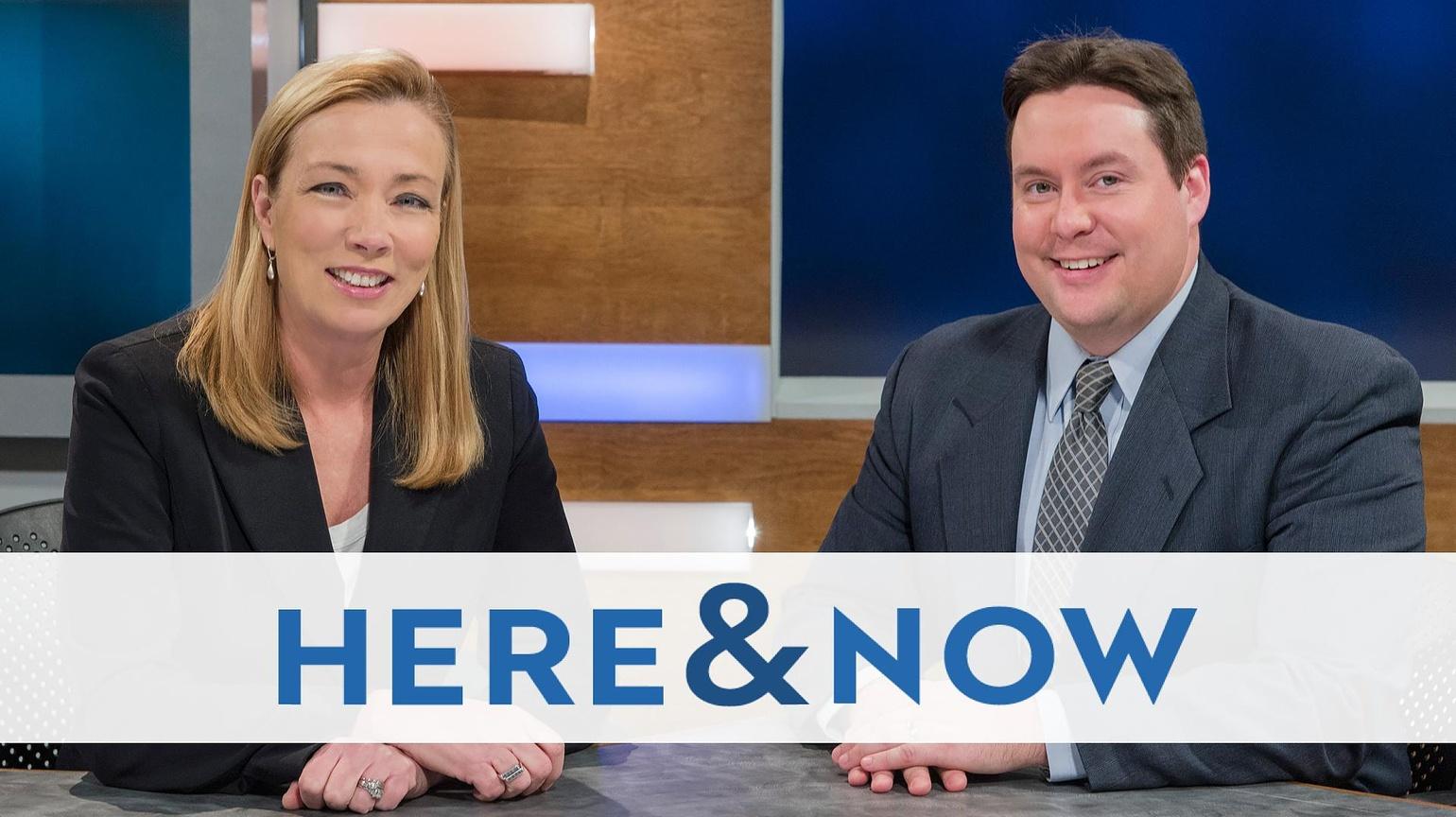
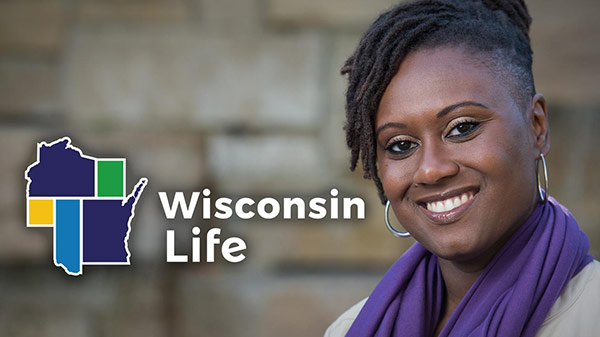
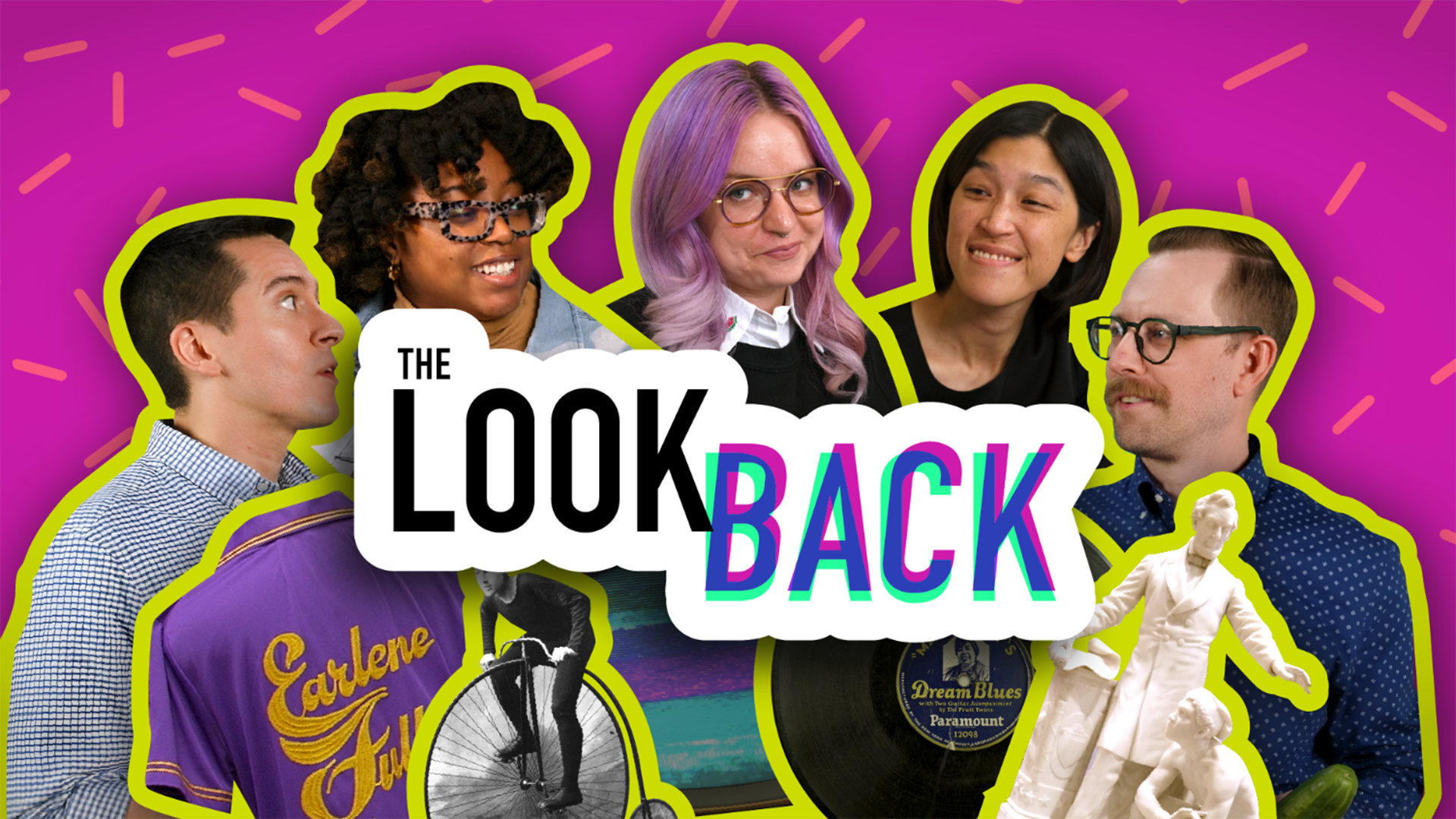
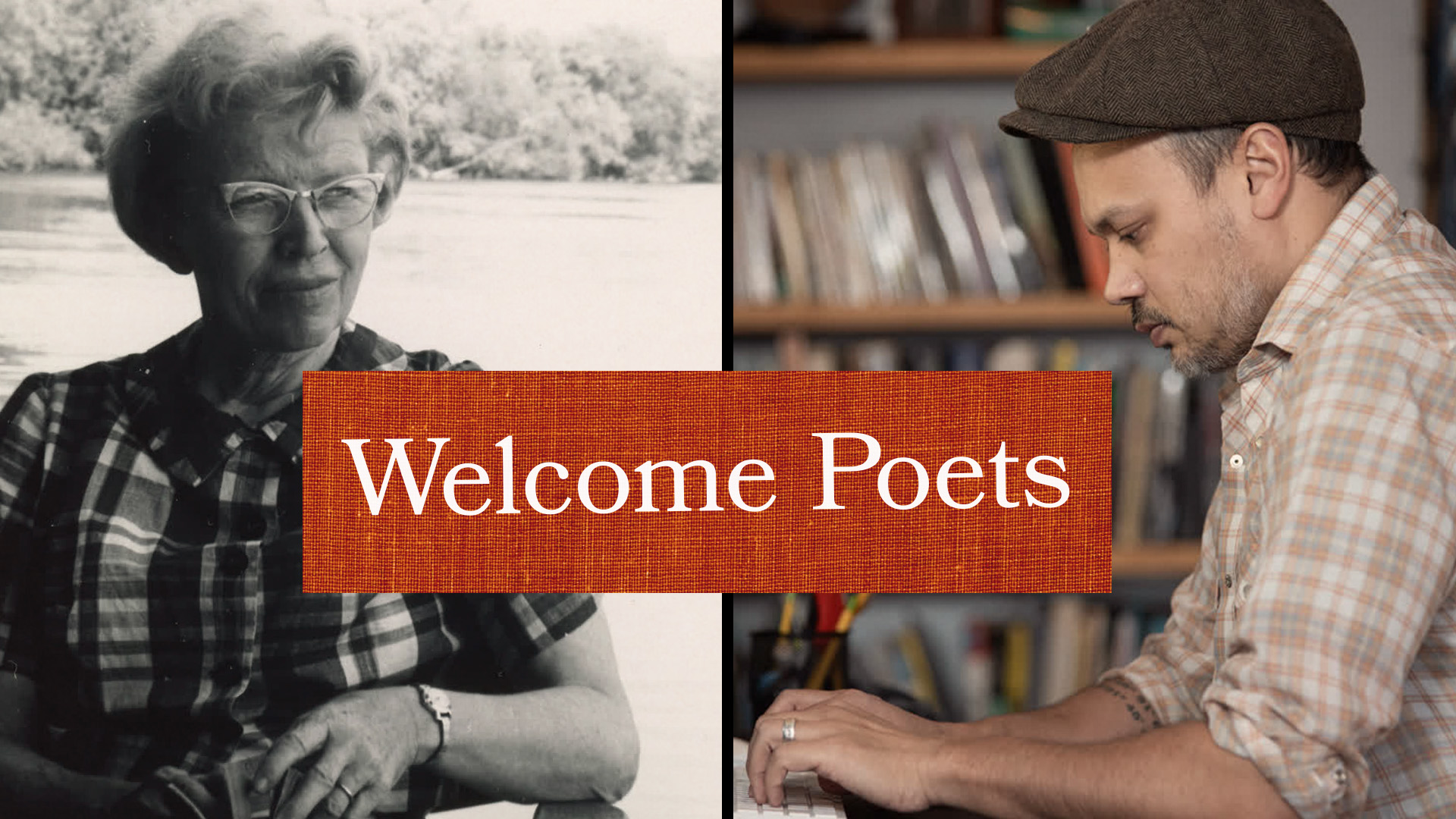
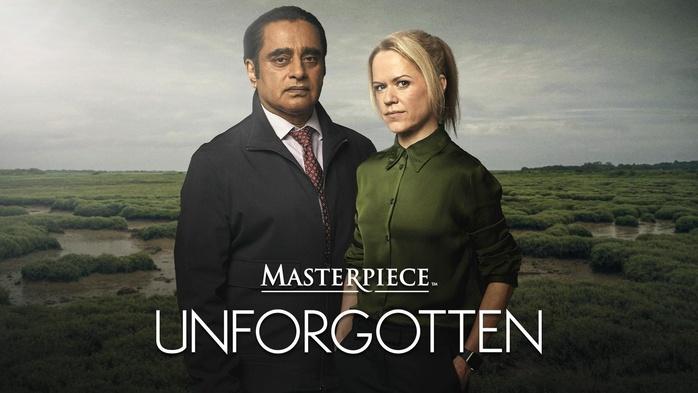

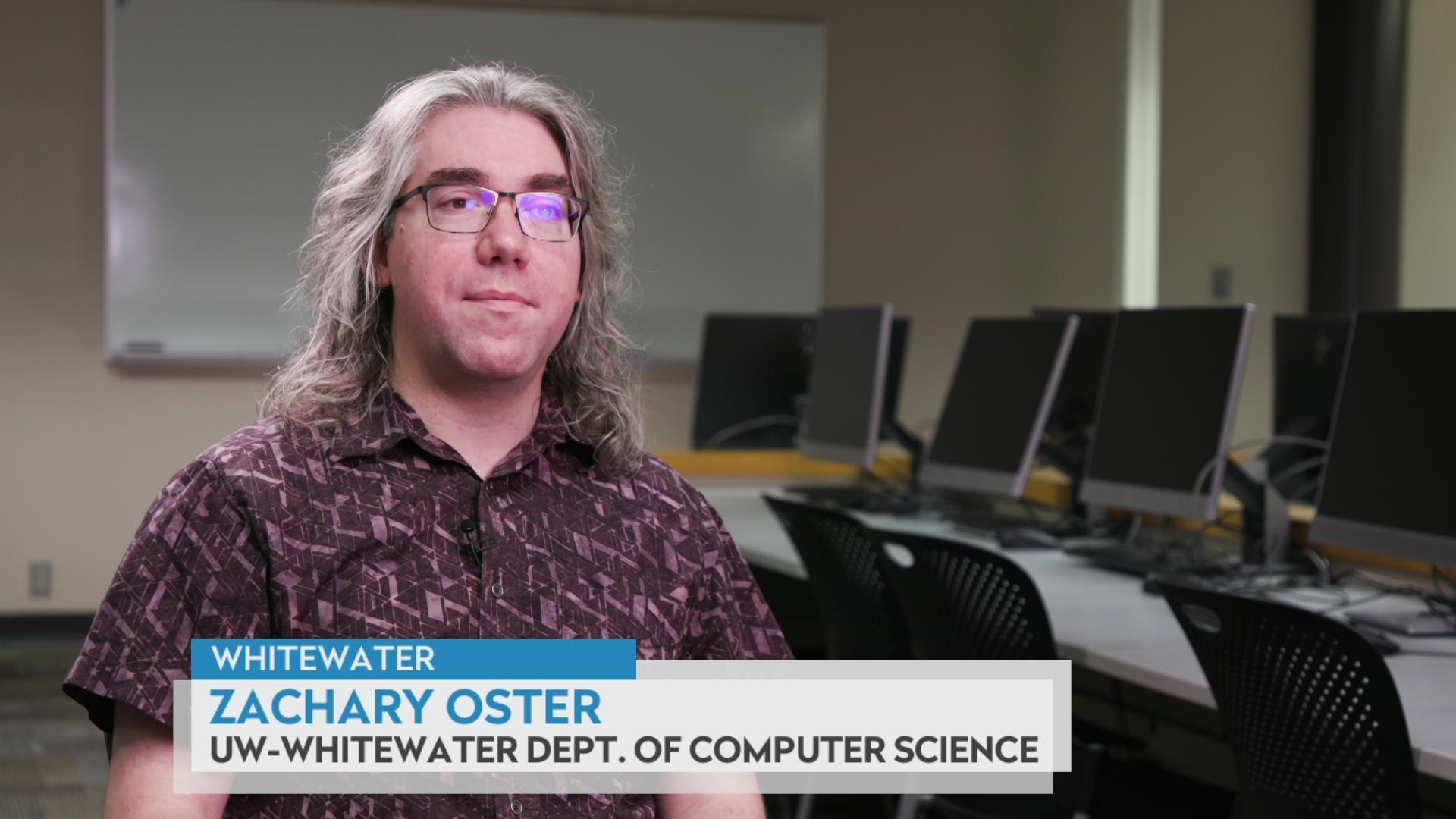
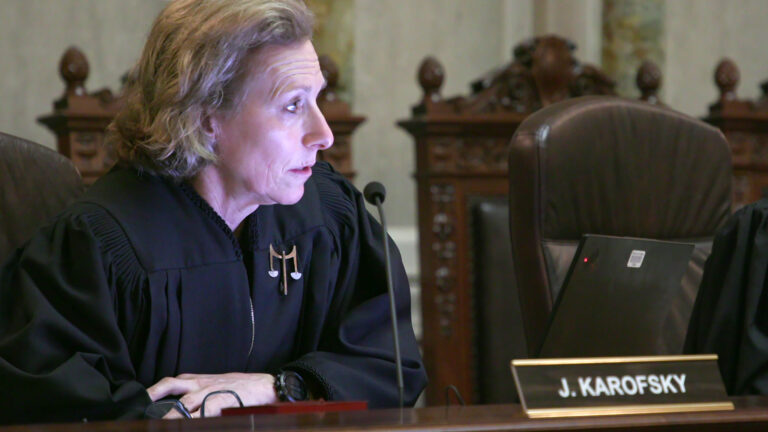

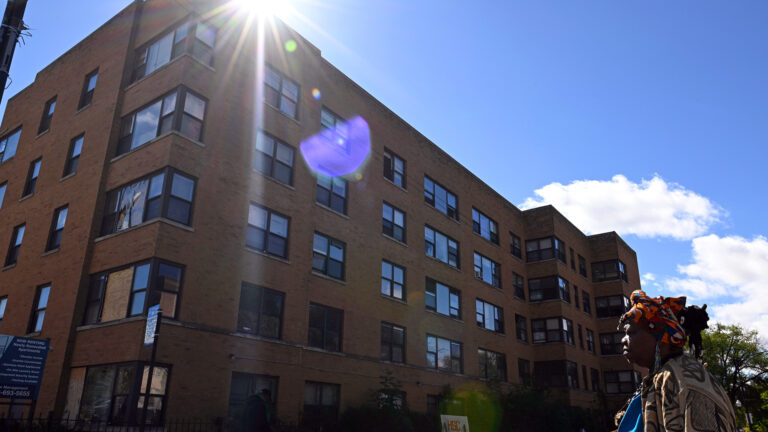

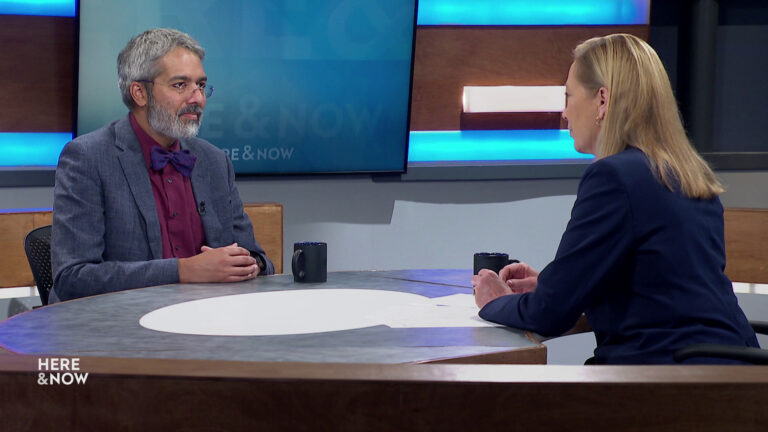
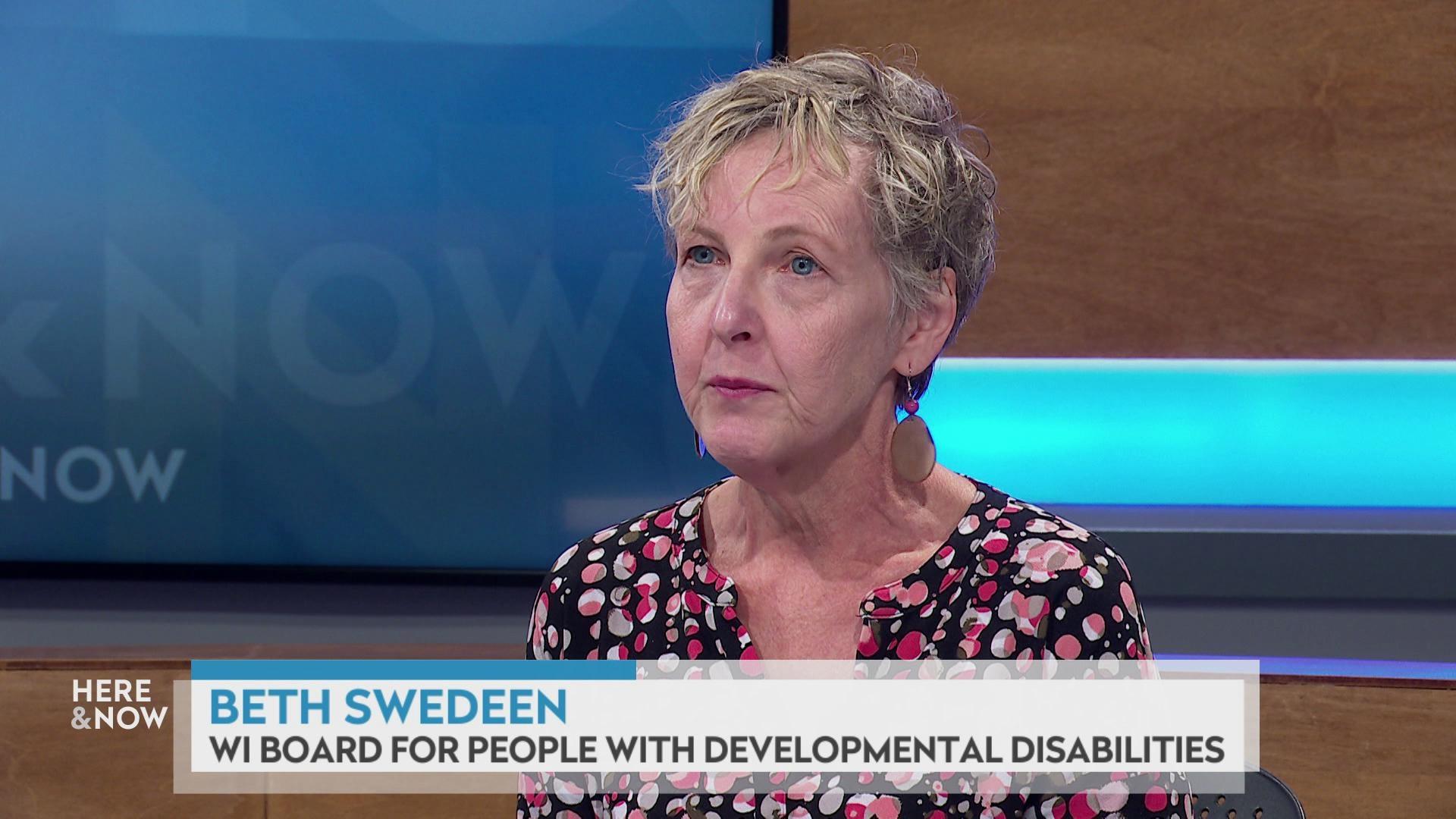
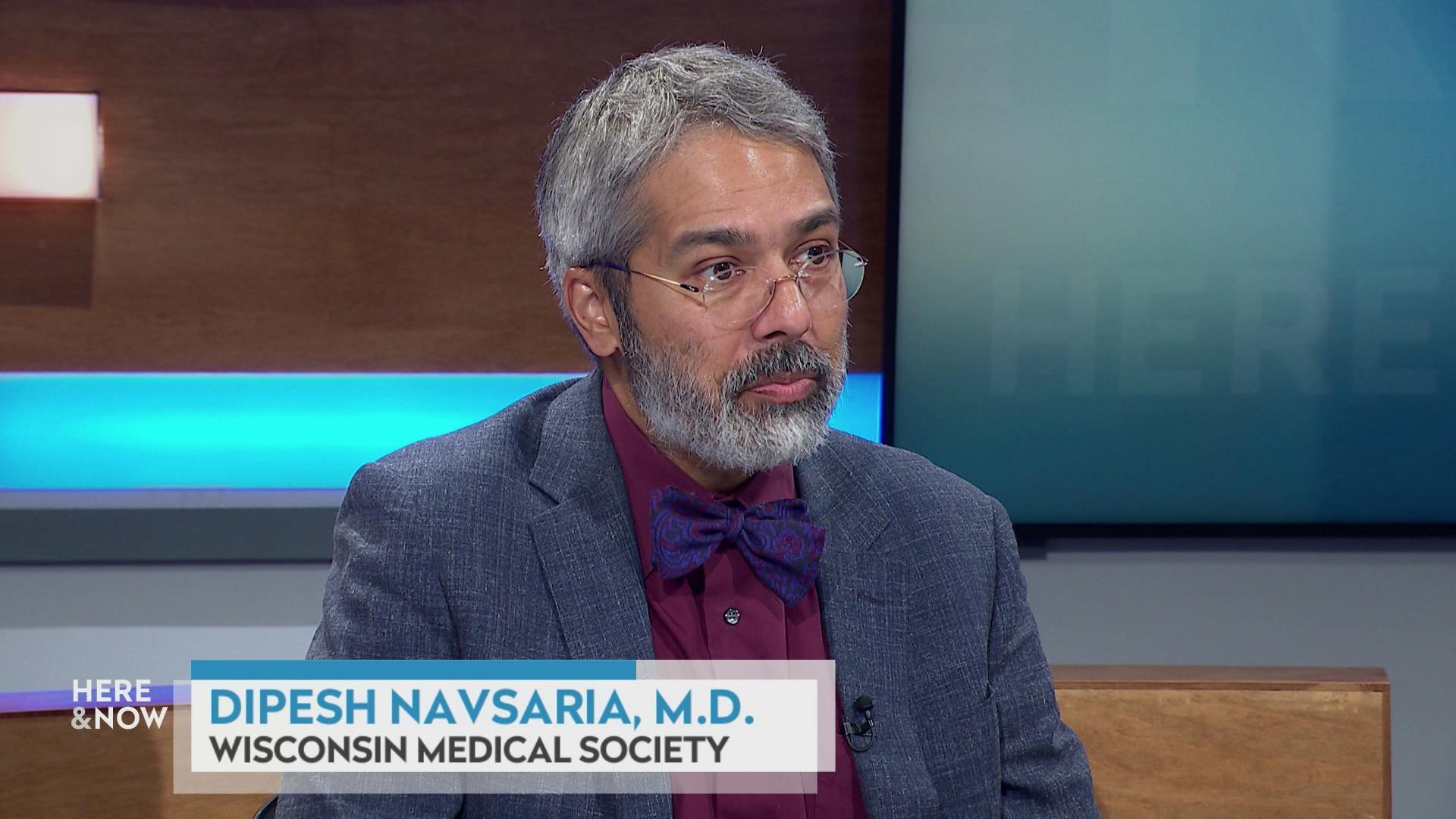
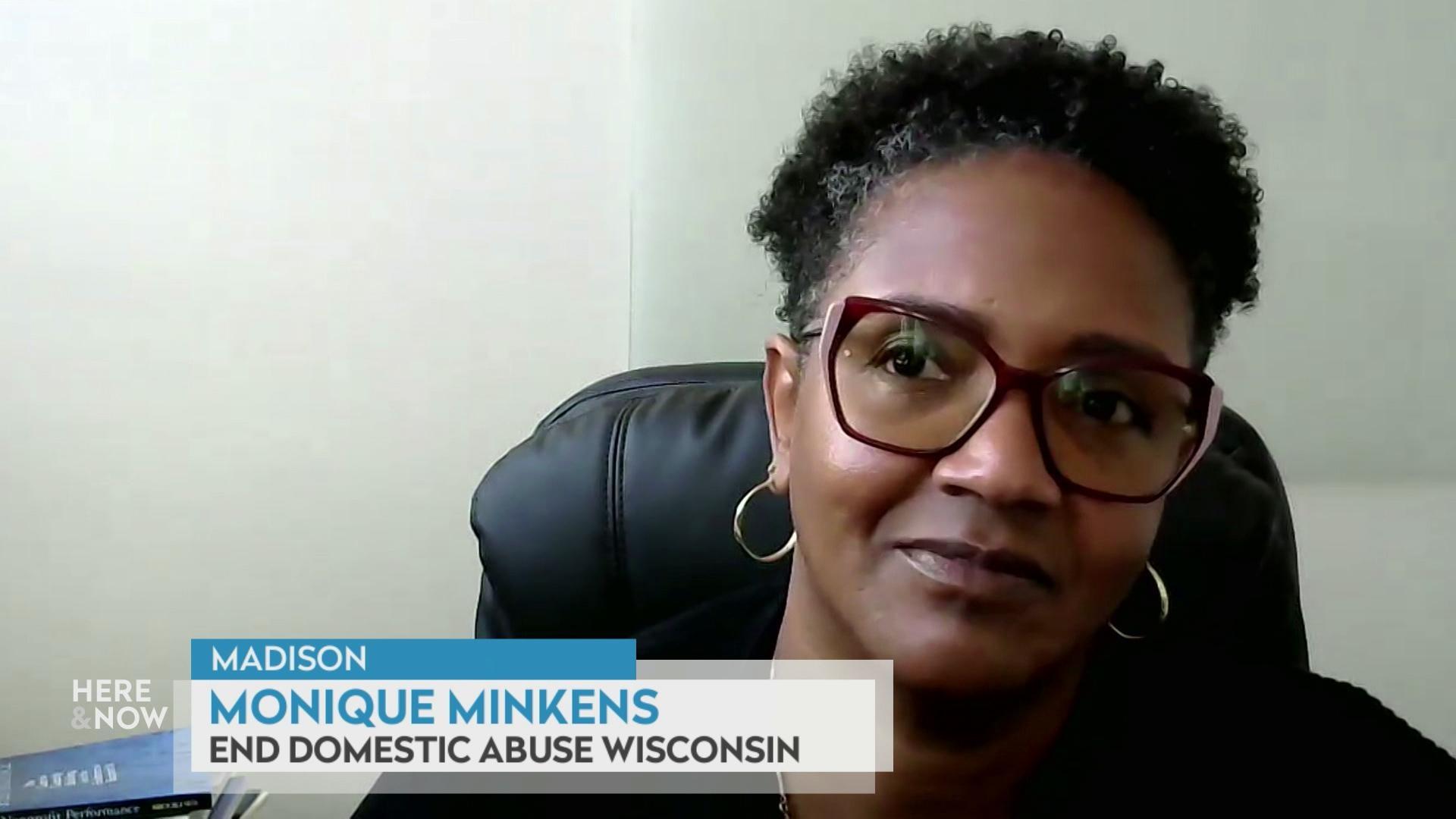
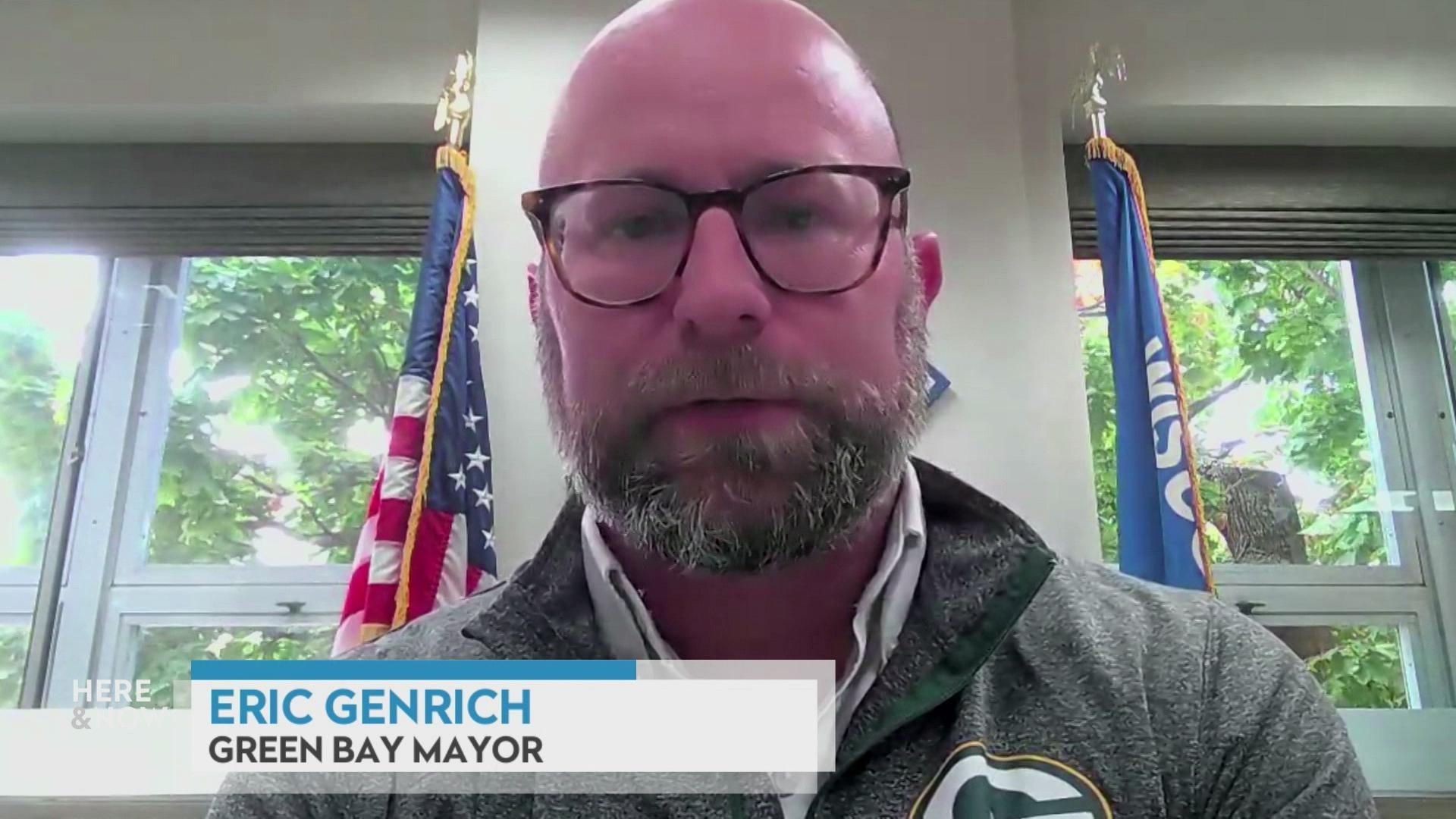
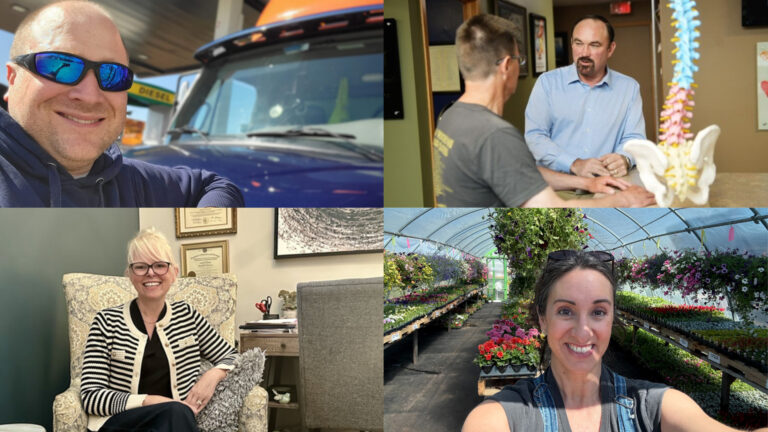


Follow Us